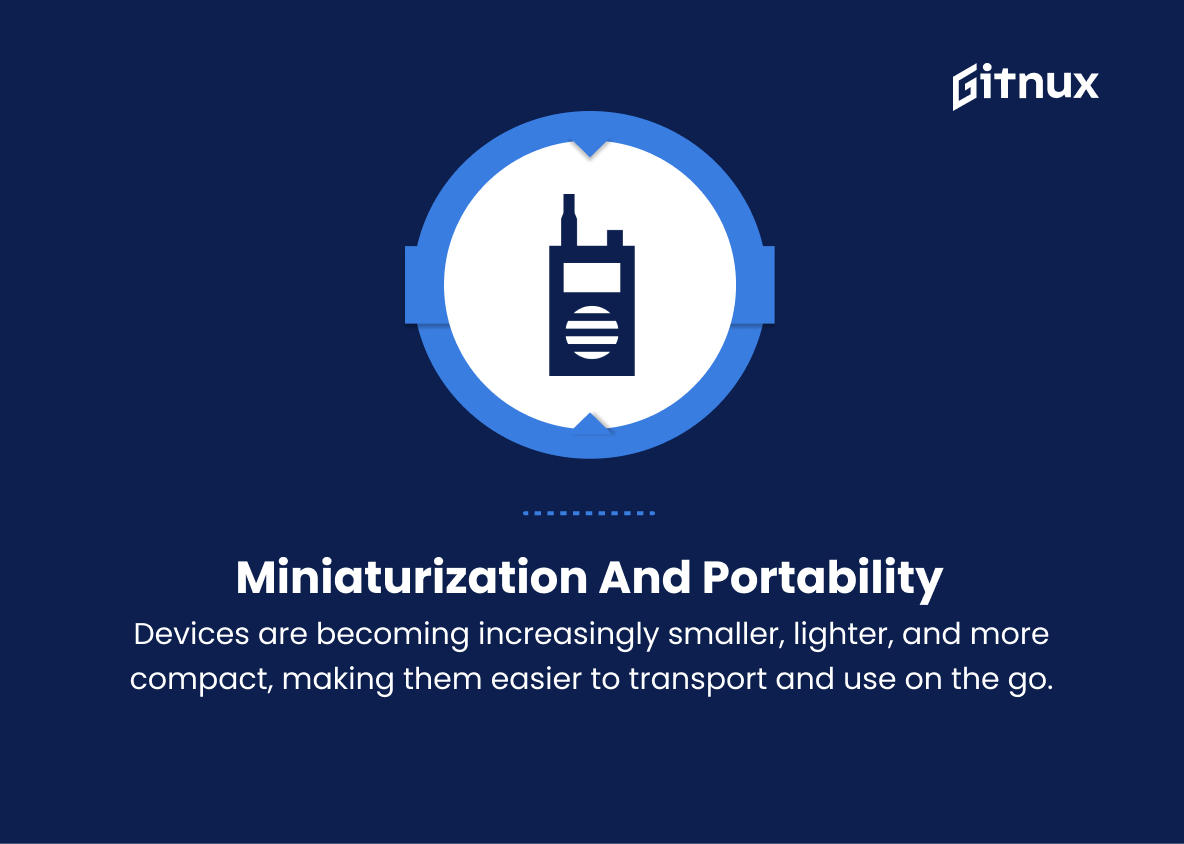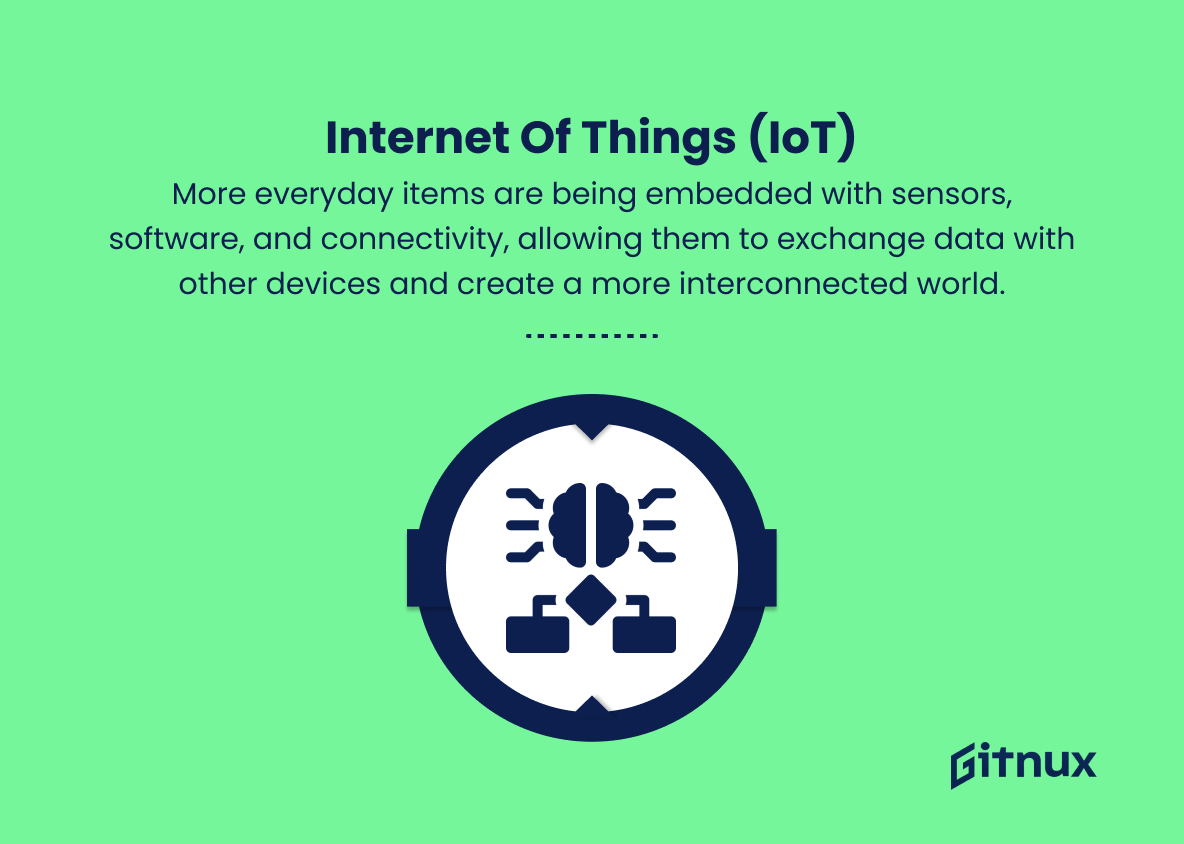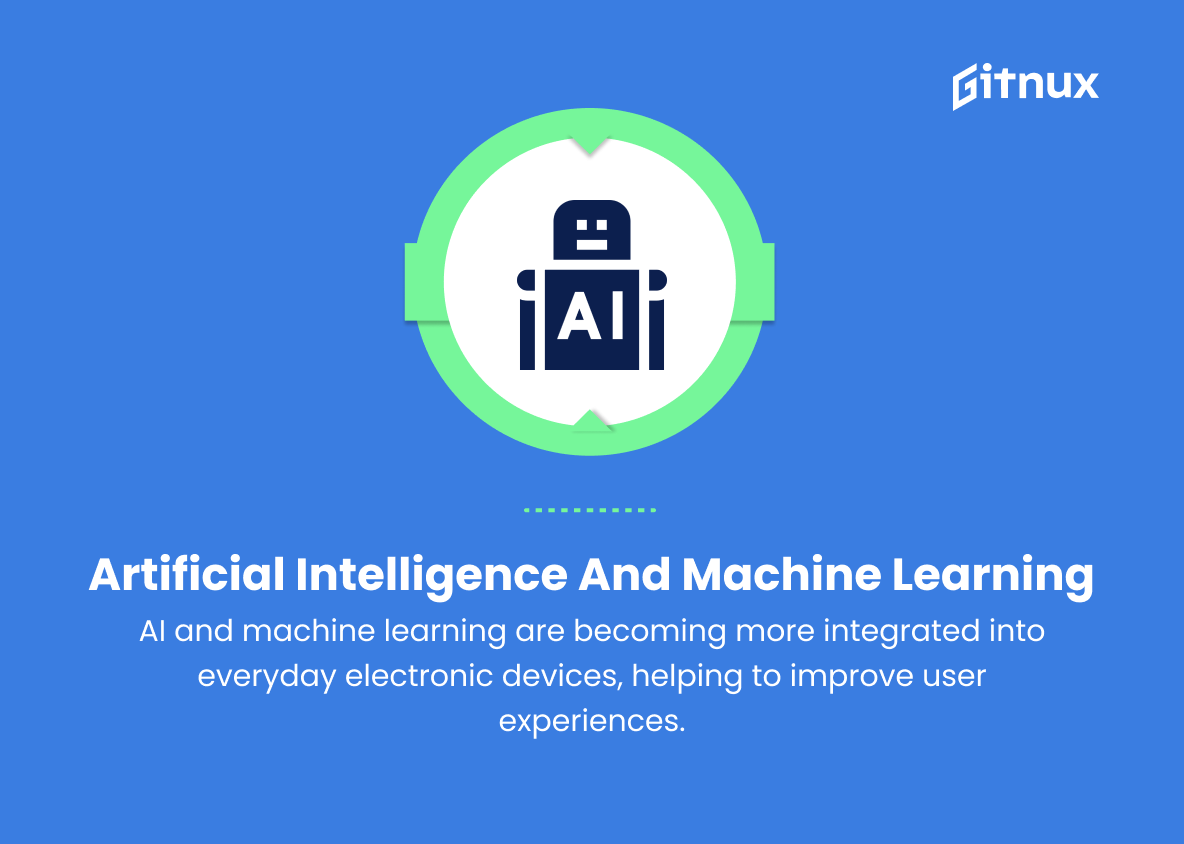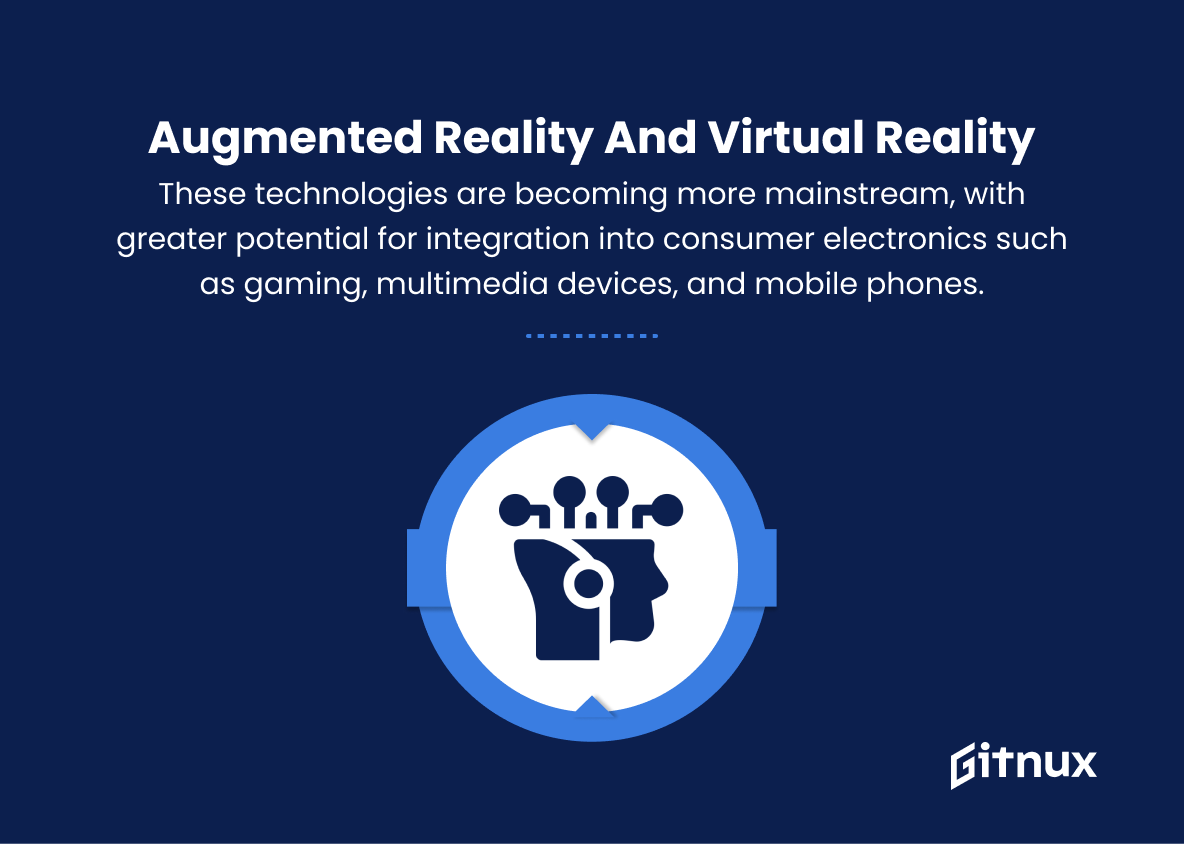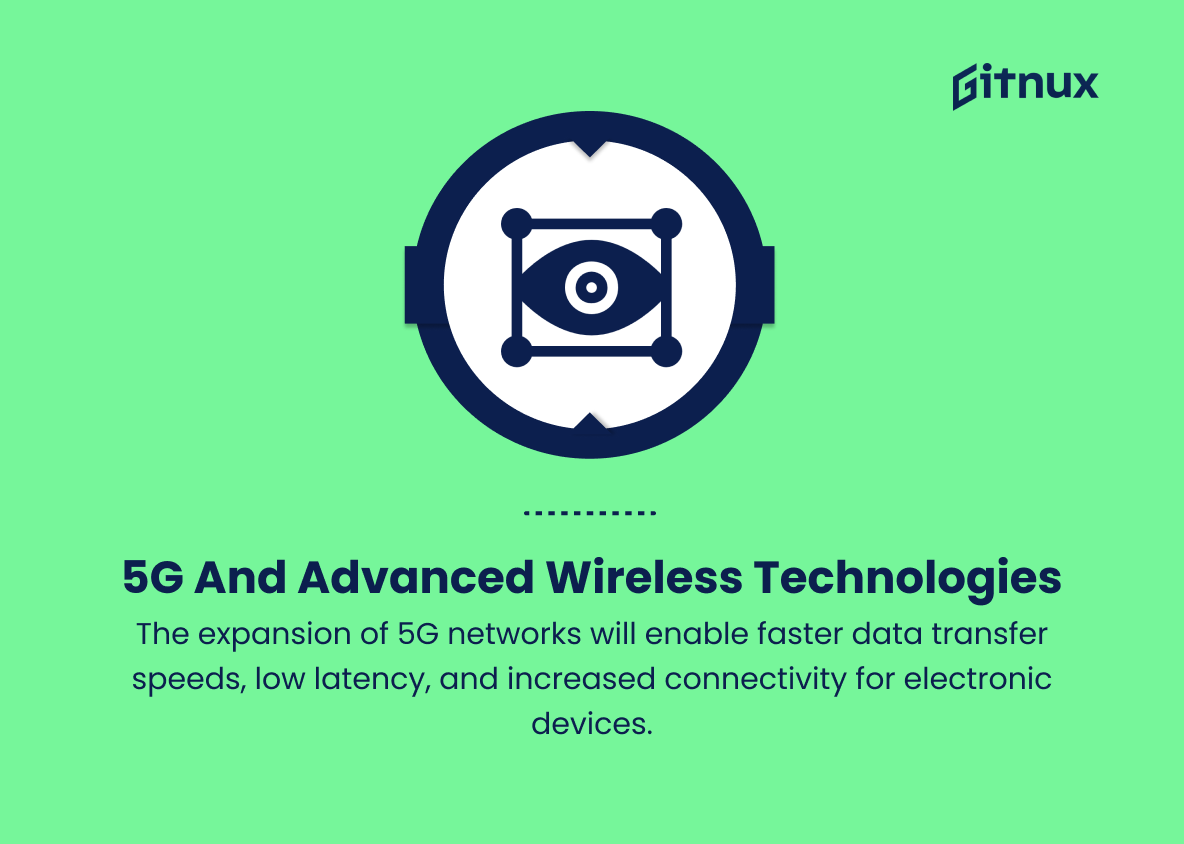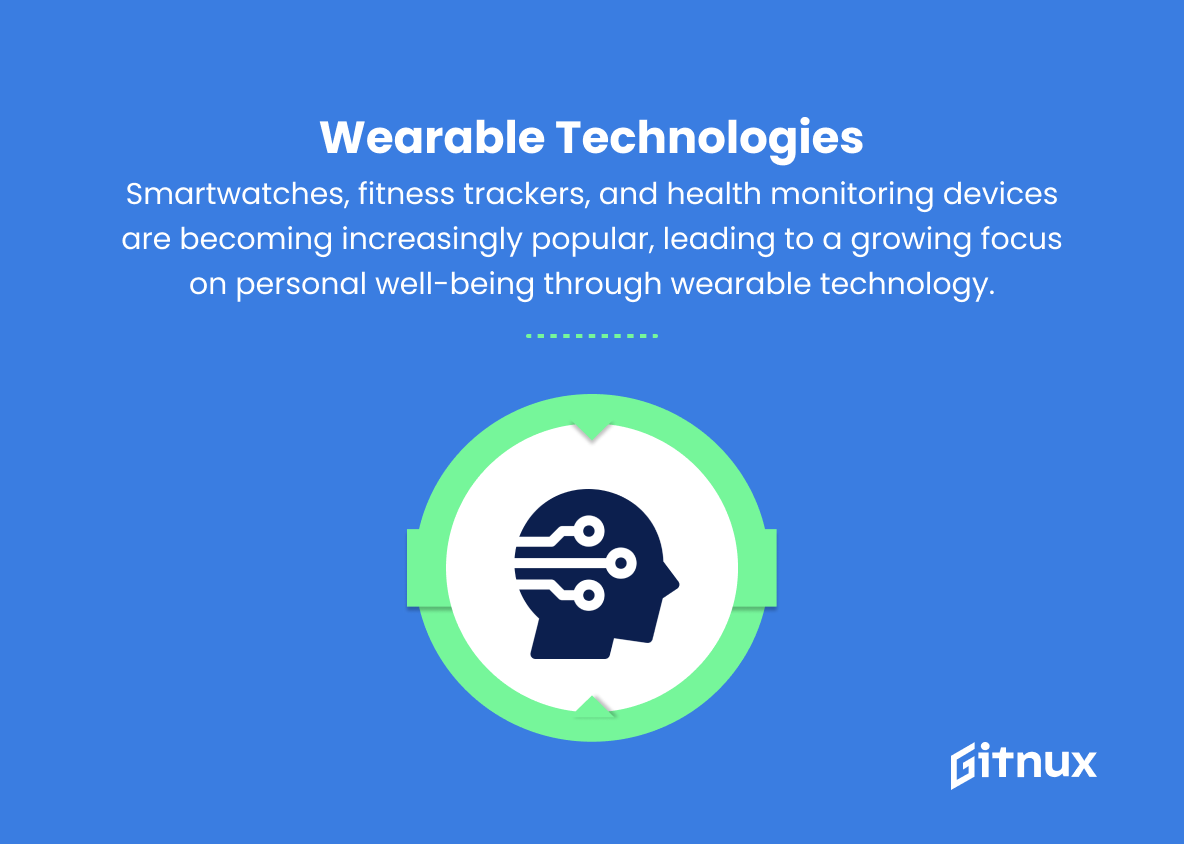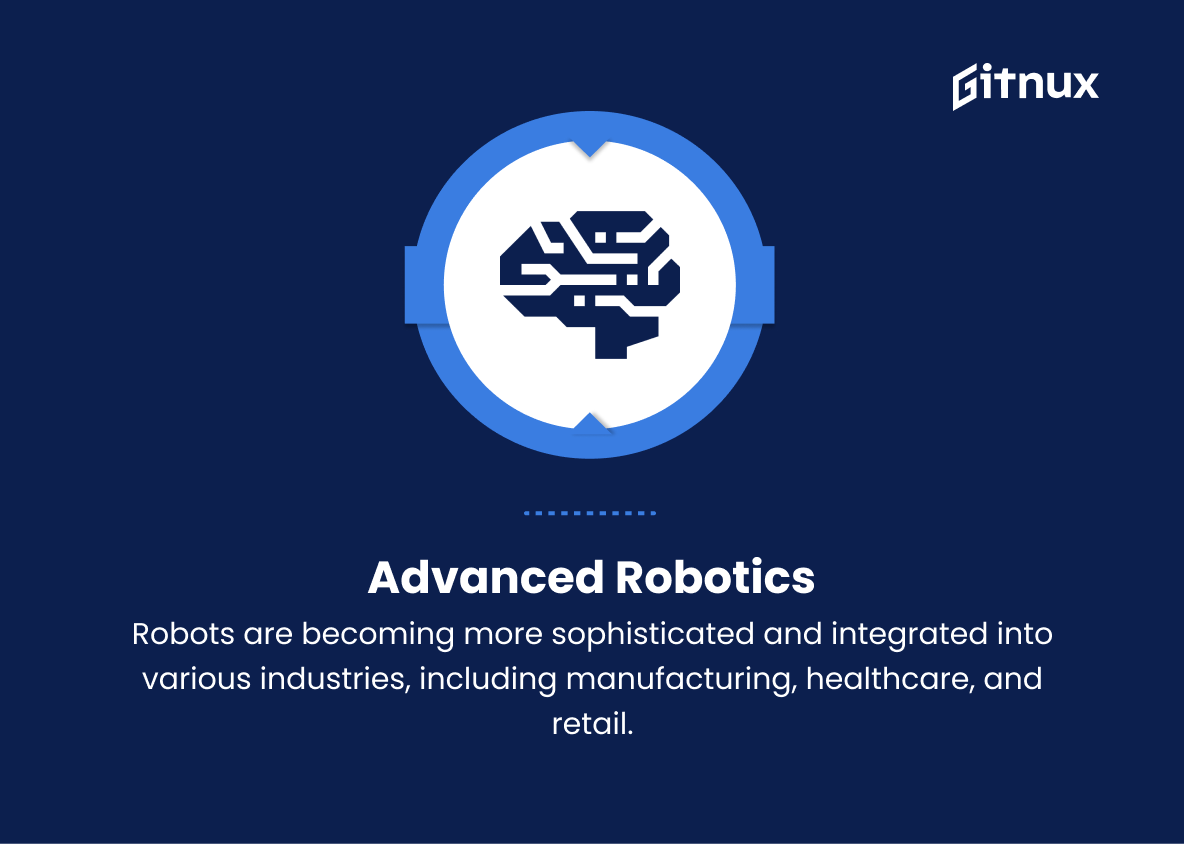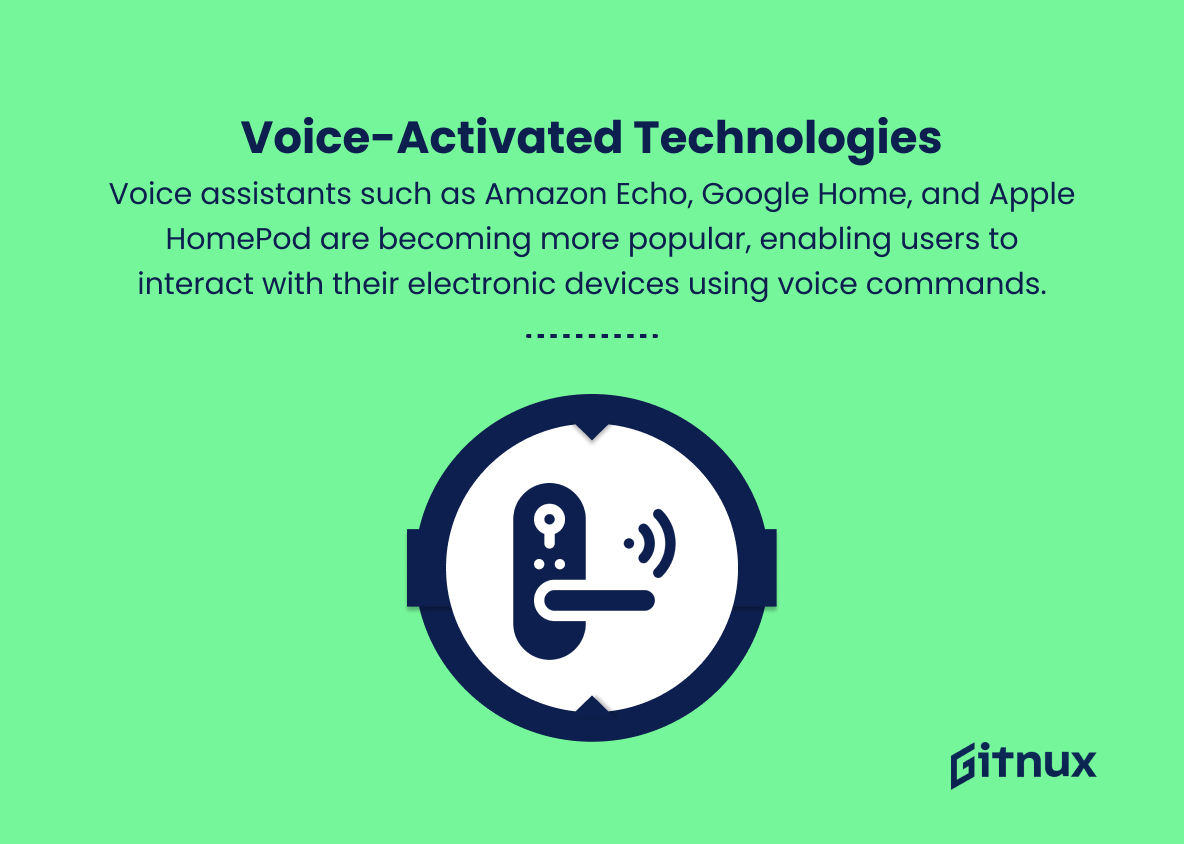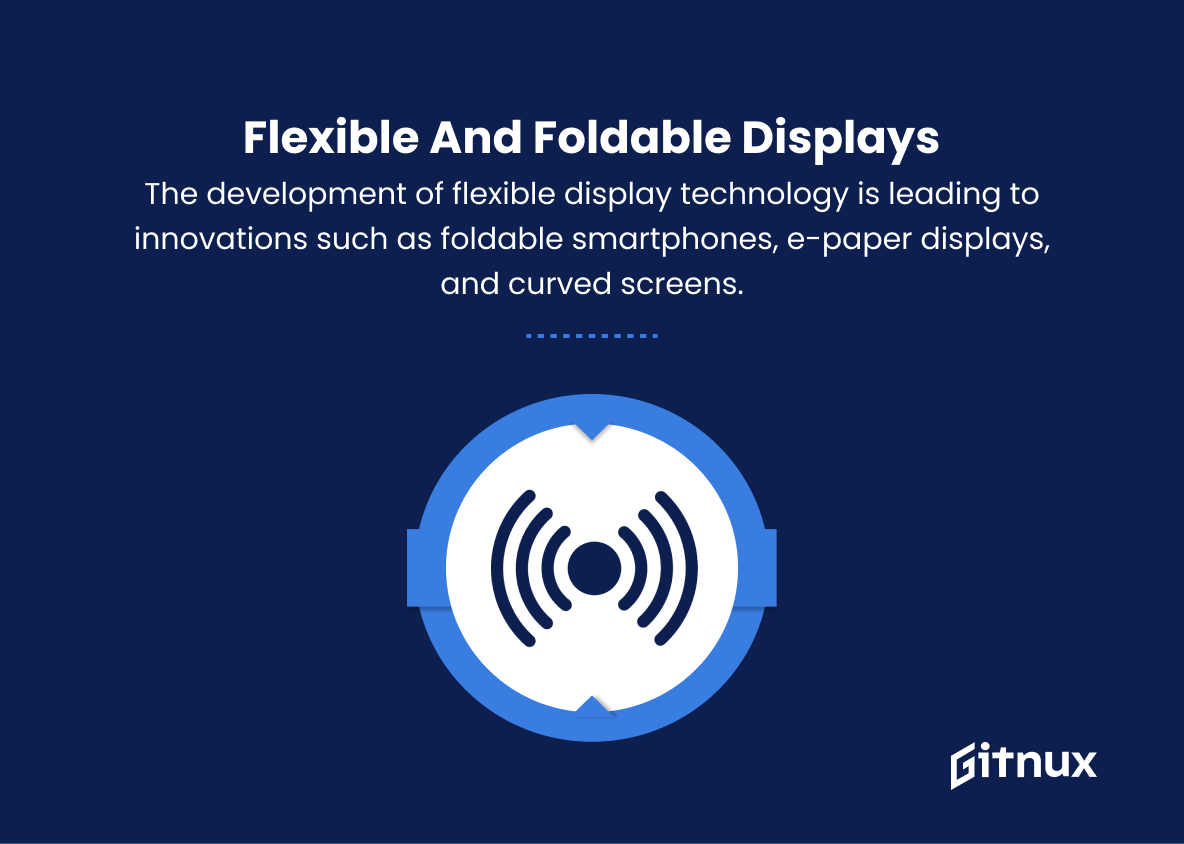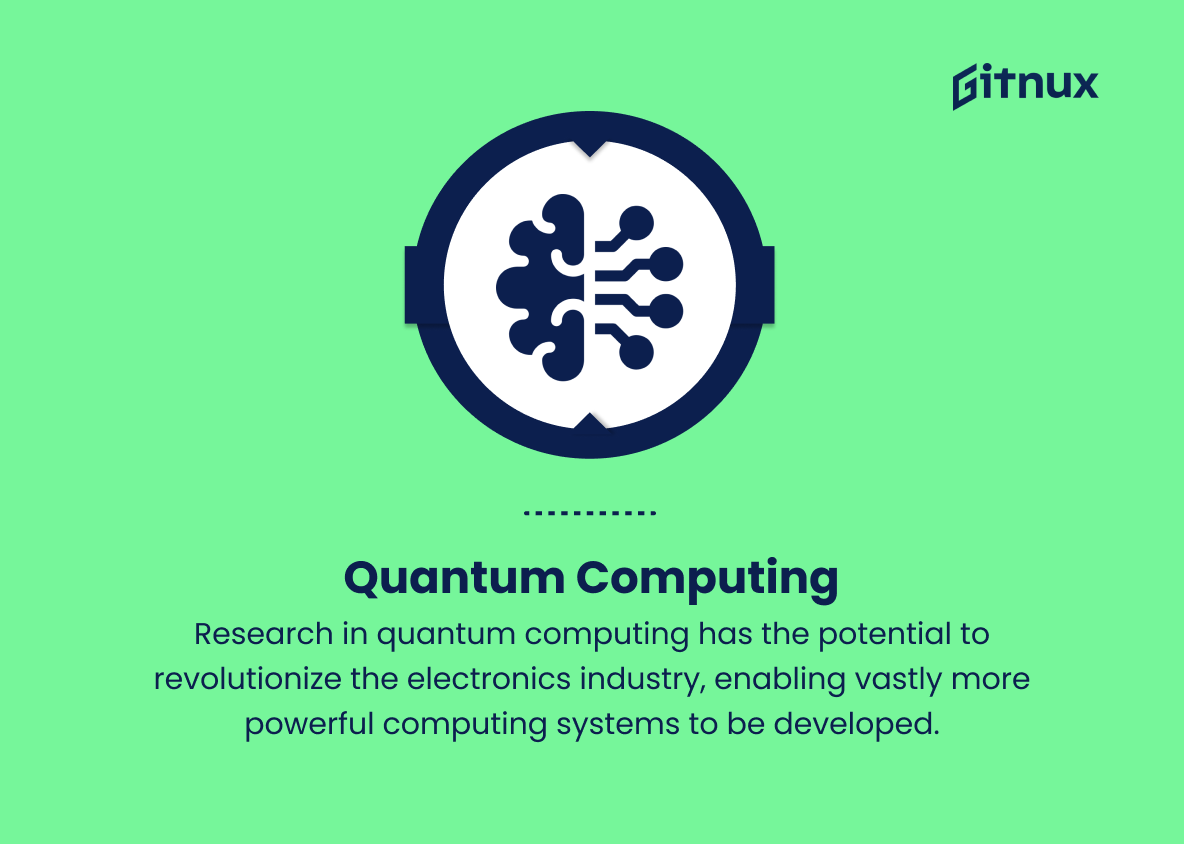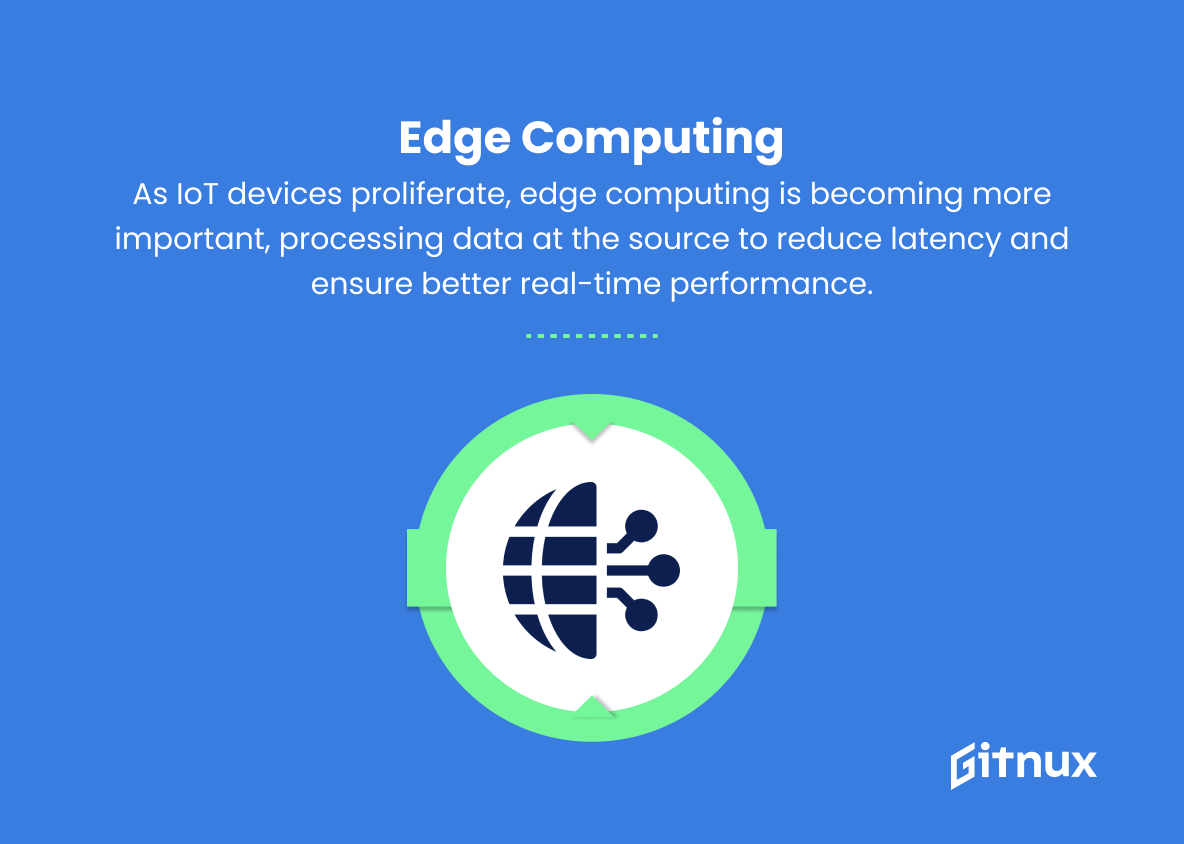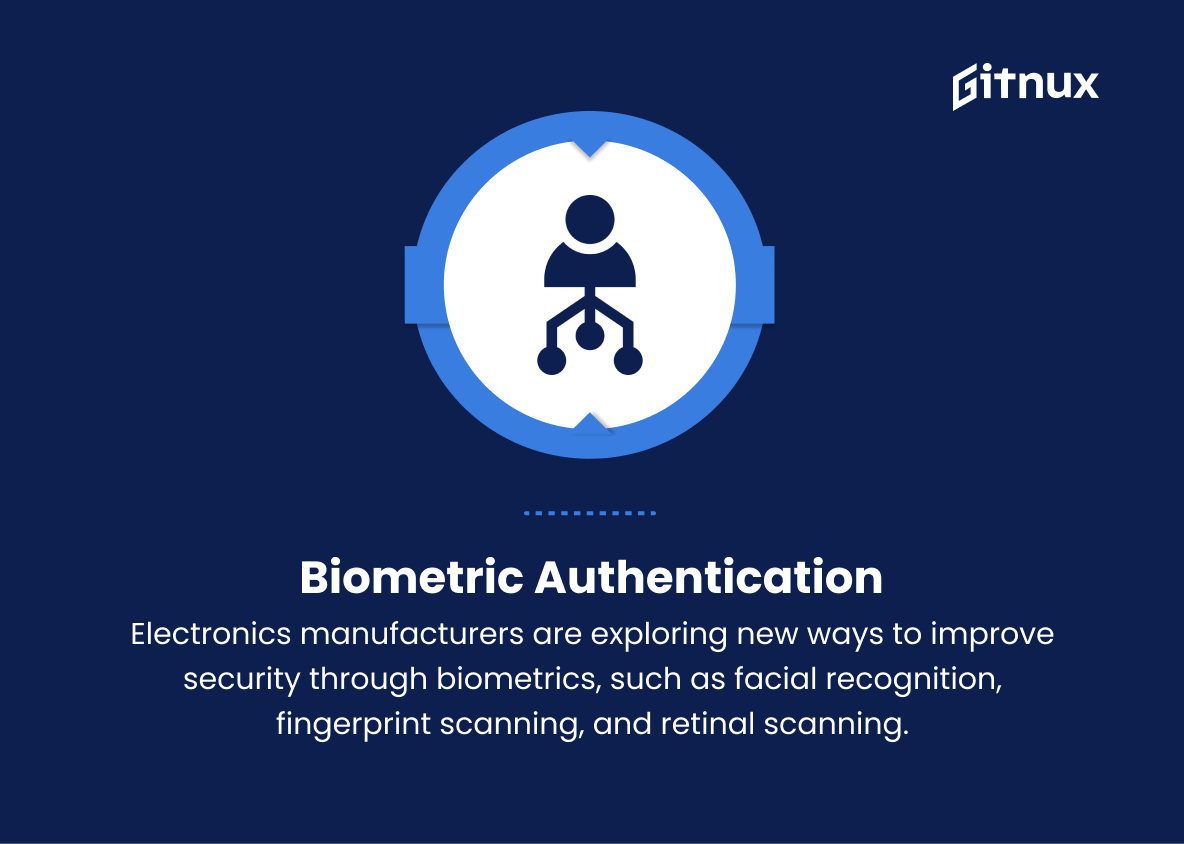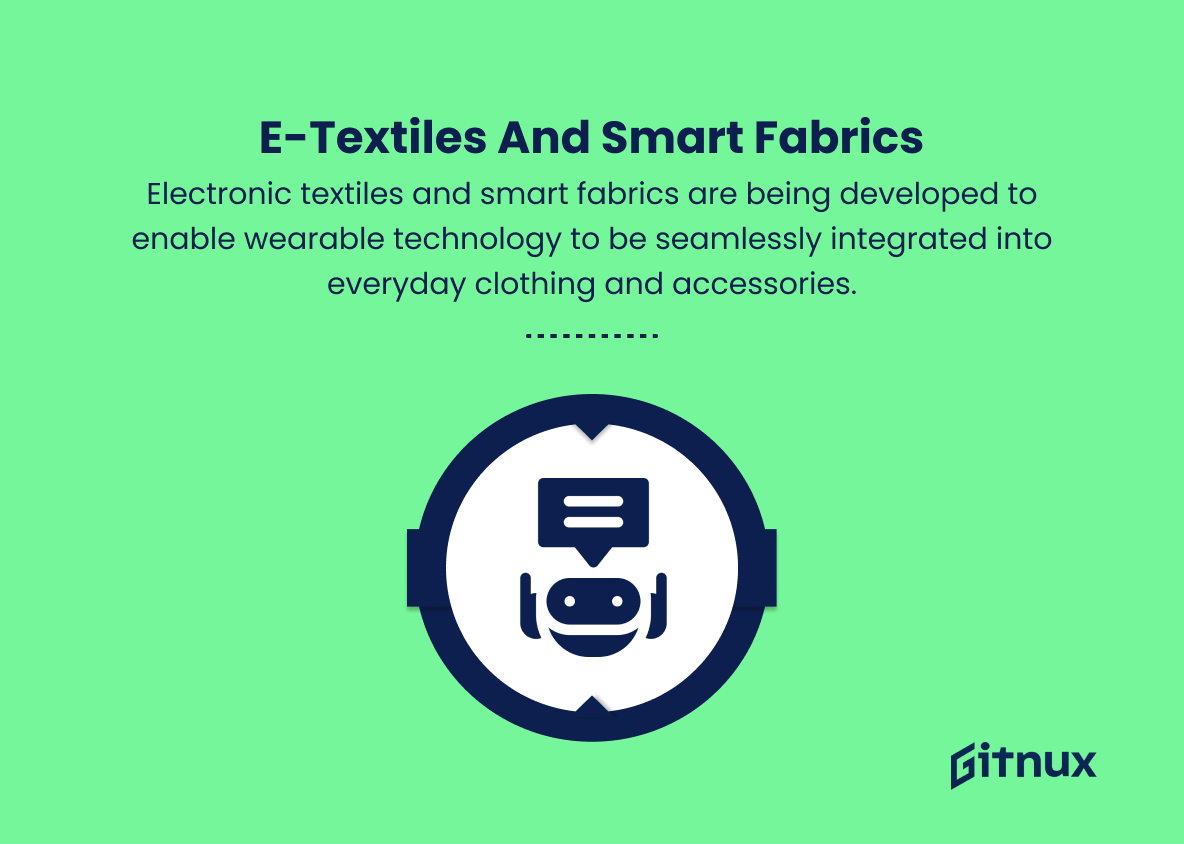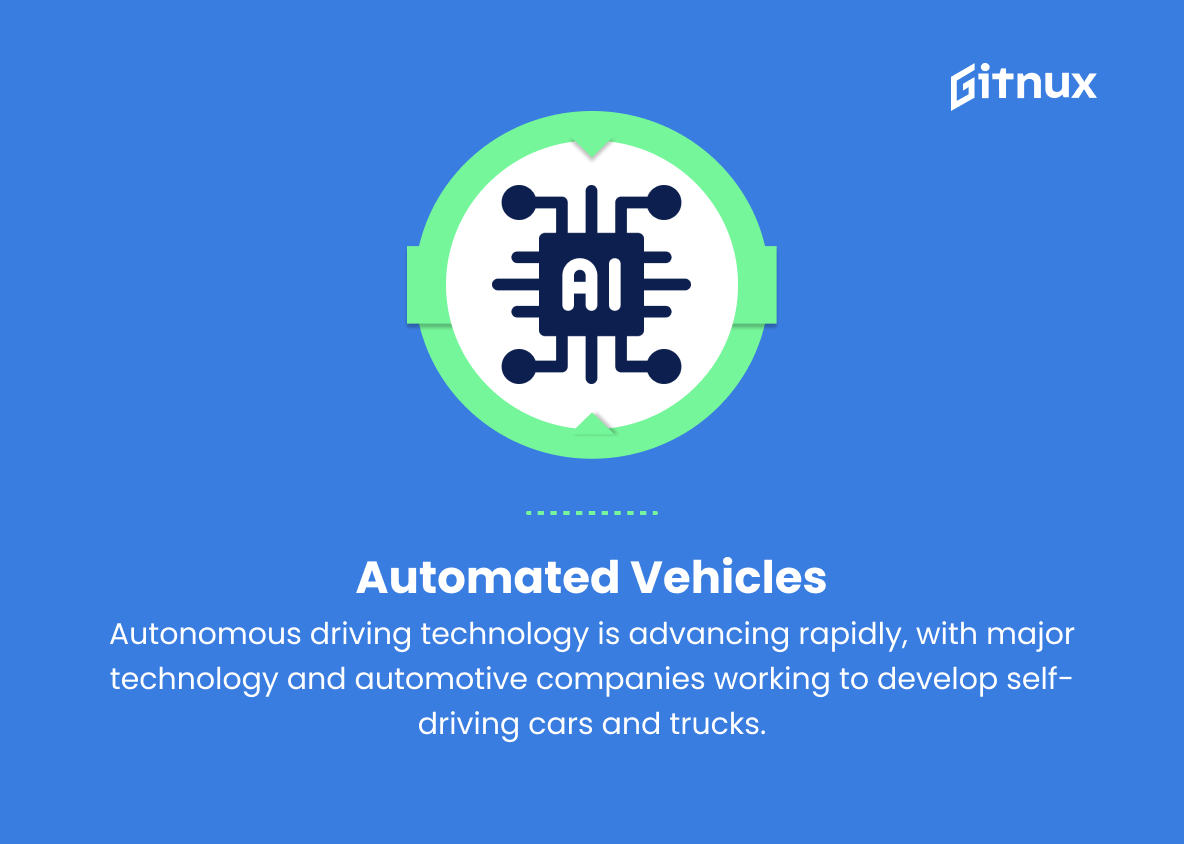In today’s rapidly evolving technological landscape, the electronics industry remains at the forefront, driving innovation and progress into uncharted territories. As we delve deeper into the digital era, it’s paramount for both industry leaders and enthusiastic consumers to stay informed of the latest trends and breakthroughs in this dynamic sector.
In the following blog post, we will explore emerging Electronics Industry Trends shaping our world, unraveling the intricate tapestry of cutting-edge developments, market forces, and emerging consumer preferences. Join us as we navigate the electrifying world of modern technology, examining the forces that shape our present and lay the foundation for an increasingly interconnected future.
Top Electronics Industry Trends
1. Miniaturization and portability
Devices are becoming increasingly smaller, lighter, and more compact, making them easier to transport and use on the go.
2. Internet of Things (IoT)
More everyday items are being embedded with sensors, software, and connectivity, allowing them to exchange data with other devices and create a more interconnected world.
3. Artificial Intelligence (AI) and Machine Learning
AI and machine learning are becoming more integrated into everyday electronic devices, helping to improve user experiences by making them smarter and more adaptive to individual needs.
4. Augmented Reality (AR) and Virtual Reality (VR)
These technologies are becoming more mainstream, with greater potential for integration into consumer electronics such as gaming, multimedia devices, and mobile phones.
5. 5G and Advanced Wireless Technologies
The expansion of 5G networks will enable faster data transfer speeds, low latency, and increased connectivity for electronic devices.
6. Wearable Technologies
Smartwatches, fitness trackers, and health monitoring devices are becoming increasingly popular, leading to a growing focus on personal well-being through wearable technology.
7. Advanced Robotics
Robots are becoming more sophisticated and integrated into various industries, including manufacturing, healthcare, and retail.
8. Voice-Activated Technologies
Voice assistants such as Amazon Echo, Google Home, and Apple HomePod are becoming more popular, enabling users to interact with their electronic devices using voice commands.
9. Renewable Energy in Electronics
There is a growing focus on using renewable energy sources, such as solar power, to develop and manufacture electronics products.
10. Flexible and Foldable Displays
The development of flexible display technology is leading to innovations such as foldable smartphones, e-paper displays, and curved screens.
11. Quantum Computing
Research in quantum computing has the potential to revolutionize the electronics industry, enabling vastly more powerful computing systems to be developed.
12. Edge Computing
As IoT devices proliferate, edge computing is becoming more important, processing data at the source to reduce latency and ensure better real-time performance.
13. Biometric Authentication
Electronics manufacturers are exploring new ways to improve security through biometrics, such as facial recognition, fingerprint scanning, and retinal scanning.
14. E-textiles and Smart Fabrics
Electronic textiles and smart fabrics are being developed to enable wearable technology to be seamlessly integrated into everyday clothing and accessories.
15. Automated Vehicles
Autonomous driving technology is advancing rapidly, with major technology and automotive companies working to develop self-driving cars and trucks that will transform transportation.
16. Enhanced Battery Technology
Developments in battery technology are leading to longer-lasting, more efficient, and more environmentally friendly power sources for electronics devices.
17. Smart Cities
Advanced IoT, AI, and connectivity technologies are helping to create connected, efficient, and sustainable urban environments through smart city solutions.
18. Low-Code/No-Code Platforms
The rise of low-code and no-code platforms enables non-technical users to build applications and customize electronic interactions, democratizing the development of software applications.
19. E-waste management and recycling
With an increasing number of electronic devices being used and discarded, sustainable e-waste management solutions are becoming important to minimize environmental impact.
20. Customizable and Open-Source Hardware
There is a growing trend towards modularity and open-source hardware, giving users more customization options and control over their electronic devices.
Implications
The electronics industry is rapidly evolving with trends such as miniaturization, IoT, AI, AR, VR, and advanced wireless technologies, leading to the development of smaller, more portable, interconnected, and intelligent devices. Enhanced battery technology enables longer-lasting usage, while renewable energy sources are being increasingly utilized for both manufacturing and powering devices.
As wearable technologies become more popular, advancements in e-textiles and smart fabrics are integrating technology seamlessly into everyday life. Edge computing and quantum computing have the potential to revolutionize data processing and overall computing power. Voice-activated technologies serve as a more natural way to interact with devices, while biometric authentication provides increased security.
Advances in robotics and automated vehicles promise to transform industries and transportation, as customizable electronic devices and low-code/no-code platforms democratize software application development. Sustainable e-waste management is imperative to minimize environmental impact, fostering the growth of smart cities that utilize IoT, AI, and connectivity for increased efficiency and sustainability.
Overall, these trends signify a future where electronic devices become more integrated, efficient, and easily accessible, transforming numerous aspects of our daily lives.
Conclusion
In conclusion, the electronics industry is in a constant state of evolution, driven by rapid advancements in technology, changing consumer demands, and an increasingly globalized market.
As we move forward, we can expect cutting-edge innovations such as AI, IoT, and 5G to further revolutionize the industry, while sustainability and digital transformation become even more pressing concerns. For businesses in the electronics sector, keeping abreast of these trends will be crucial to remain competitive and capitalize on emerging opportunities.
Ultimately, the future of the electronics industry will be defined by those who are able to adapt, innovate, and navigate these exciting and unpredictable times.
